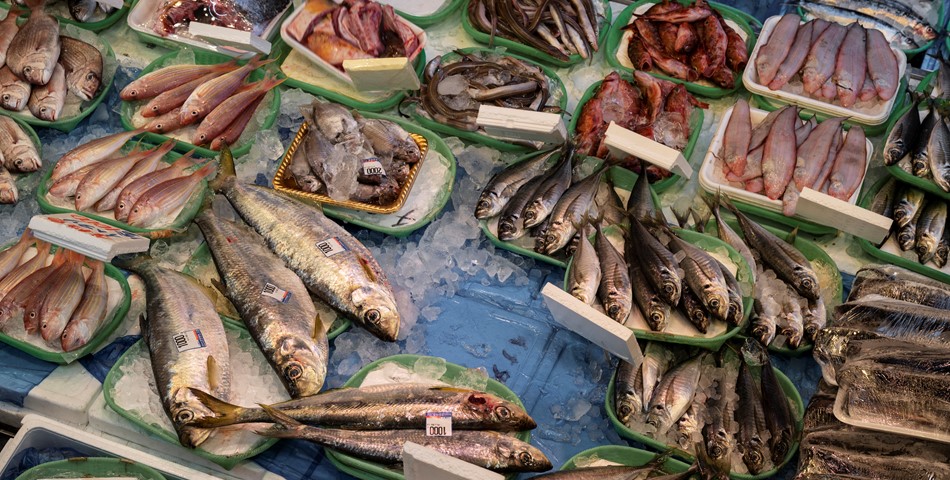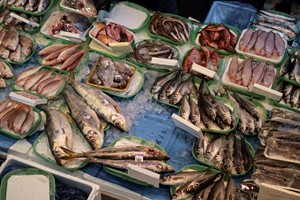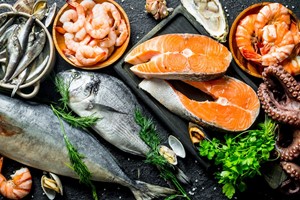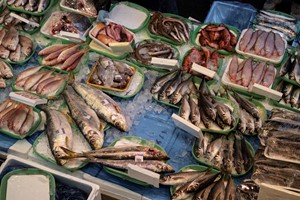Introduction: The maritime industry finds itself at a critical juncture, undergoing transformative changes driven by technological advancements, sustainability imperatives, and the urgent need to address global food security challenges. Within this evolving landscape, the fish processing sector emerges as a pivotal player tasked with meeting the escalating demand for seafood while confronting the complexities of environmental conservation and sustainable resource management.
Global Demand and Challenges: Projected to reach 9.7 billion by 2050, the world's population drives an increasing demand for nutritious food sources, particularly seafood. Fish consumption has doubled over the past five decades, highlighting its importance as a source of high-quality protein, essential nutrients, and omega-3 fatty acids. However, this heightened demand brings forth significant challenges, including overfishing, environmental degradation, and the imperative for sustainable fish processing methods.
Response Strategies: In response to these challenges, the maritime and fish processing sectors are embracing a multifaceted approach. They leverage technological innovation, sustainable practices, and advancements in aquaculture to ensure the sustainable management of global seafood resources while meeting the nutritional needs of a growing population.
Trends Redefining the Sector: Automation and Robotics: The integration of automation and robotics revolutionizes traditional manual processes in fish processing operations. This shift enhances efficiency and product quality while minimizing human error. Sophisticated machinery now handles tasks such as sorting, filleting, and packaging with unparalleled precision, ensuring consistent adherence to global standards.
Sustainable Practices: There's a growing emphasis on eco-friendly practices aimed at reducing the environmental impact of fish processing operations. Companies are implementing waste management systems and adopting renewable energy sources to power facilities. Sustainable fishing practices are integrated into the supply chain to ensure the long-term viability of fish stocks and minimize environmental harm.
Advanced Preservation Methods: Innovations in preservation methods are crucial for ensuring the freshness and quality of seafood products. These advancements extend shelf life and reduce waste throughout the supply chain, contributing to sustainability efforts.
Aquaculture Innovations: With wild fish stocks under pressure, aquaculture emerges as a vital solution for meeting global seafood demand sustainably. Innovations in aquaculture practices, such as sustainable feed options and breeding technologies, improve environmental friendliness and enhance product quality.
Nutritional Enhancement and Functional Foods: Responding to consumer demand for healthier options, the industry is developing functional foods enriched with essential nutrients. Innovative processing techniques enhance the nutritional value of seafood products, catering to health-conscious consumers.
Digitalization and Data Analytics: Digitalization enables businesses to leverage data analytics for improved decision-making. Companies optimize supply chain management and production processes through data-driven insights, including predictive analytics for demand forecasting and waste reduction.
Consumer Preferences and Product Innovation: Adapting to evolving consumer preferences, the industry introduces a wider range of products, including ready-to-eat and easy-to-prepare seafood options. Innovation in packaging, such as smart packaging for freshness monitoring, enhances product appeal.
Global Standards and Regulations: Compliance with global standards and regulations is essential for accessing international markets. Companies prioritize adopting best practices in fish processing to ensure food safety, quality, and sustainability, promoting consumer trust worldwide.
Conclusion: The future of fish processing within maritime industries is characterized by innovation, sustainability, and responsiveness to consumer demands. By embracing these trends, the sector can overcome challenges and seize new opportunities, ensuring its vital role in feeding a growing global population with healthier, more sustainable seafood products. As the industry continues to evolve, its commitment to innovation and improvement will pave the way for a resilient and accessible seafood supply chain.














